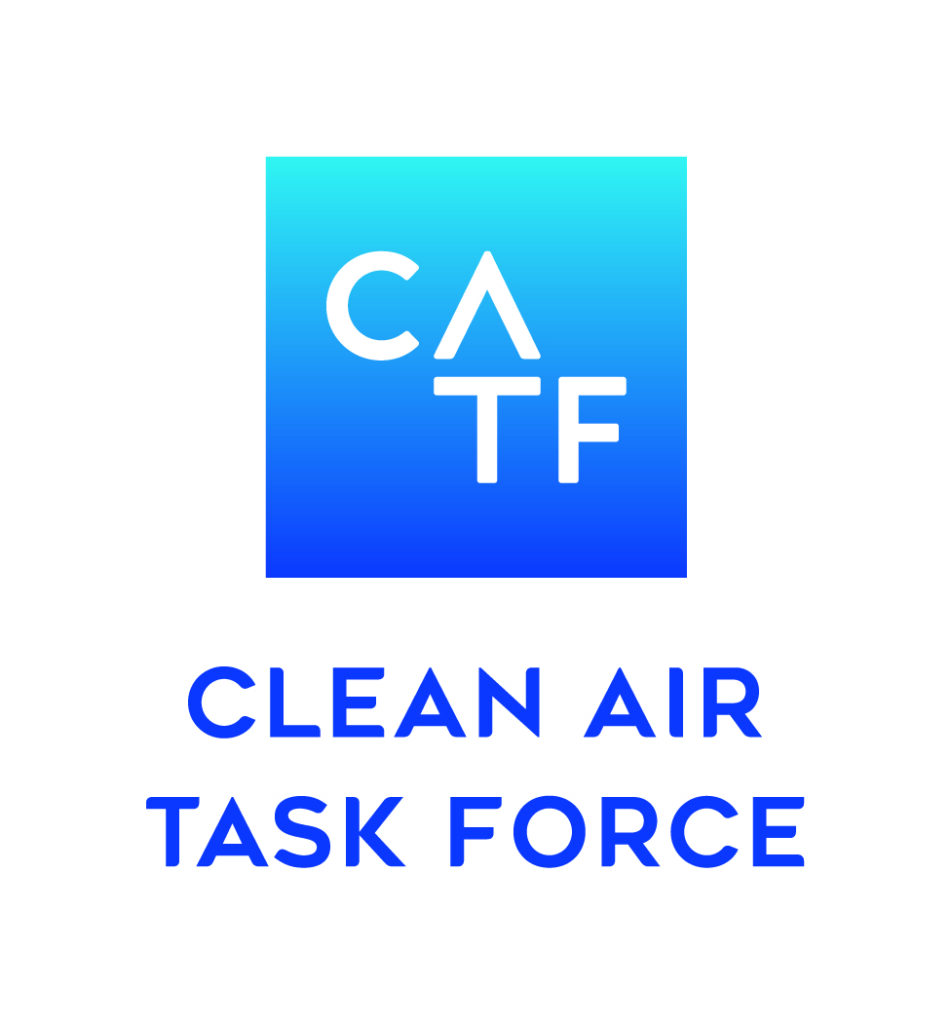Clean Air Task Force: Pioneering Climate Solutions Through Innovation

Understanding the Clean Air Task Force
The Clean Air Task Force (CATF) stands as a beacon of pragmatic environmentalism in the fight against climate change. Founded in 1996 by a group of concerned scientists and policy experts, this nonprofit organization has carved a unique niche by combining rigorous scientific research with actionable policy solutions. Unlike many environmental groups that focus solely on raising awareness, clean air task force takes a hands-on approach, working directly with governments, industries, and communities to implement real-world solutions that reduce harmful emissions. Their work spans the entire spectrum of climate challenges, from decarbonizing energy systems to tackling often-overlooked super pollutants.
What sets CATF apart is its technology-neutral stance and willingness to explore all viable pathways to cleaner air. While some organizations advocate for a single solution like renewable energy, CATF recognizes the complexity of global energy systems and supports a diverse portfolio of technologies including carbon capture, advanced nuclear power, and zero-carbon fuels. This comprehensive approach has positioned CATF as a trusted advisor to policymakers worldwide, helping shape climate regulations that are both ambitious and achievable. Their influence extends across borders, with initiatives that address both local air quality concerns and global climate threats.
The Science-Driven Approach to Climate Advocacy

At the heart of CATF’s effectiveness lies its commitment to data-driven decision making. The organization maintains a team of world-class scientists and policy experts who conduct cutting-edge research on emissions sources, climate impacts, and mitigation strategies. This research forms the foundation for CATF’s advocacy work, ensuring that every policy recommendation is grounded in solid scientific evidence. One of their landmark contributions has been highlighting the critical role of methane reduction in slowing near-term climate warming, which has led to significant policy shifts in multiple countries.
CATF’s scientific approach extends beyond traditional greenhouse gases to include comprehensive analysis of super pollutants like black carbon and hydrofluorocarbons. By focusing on these potent but short-lived climate pollutants, clean air task force has identified opportunities for rapid climate benefits that complement longer-term decarbonization efforts. The organization’s technical expertise has made it a go-to resource for governments developing climate policies, with clean air task force staff frequently testifying before legislative bodies and participating in international climate negotiations. Their ability to translate complex scientific concepts into actionable policy recommendations has been instrumental in advancing ambitious climate targets worldwide.
Major Breakthroughs in Climate Policy
The Clean Air Task Force can point to numerous policy victories that demonstrate their real-world impact. In the United States, CATF played a pivotal role in the development and implementation of the first-ever federal methane regulations for new and existing oil and gas facilities. These regulations, informed by CATF’s extensive research on methane leakage, are expected to prevent millions of metric tons of greenhouse gas emissions annually. The organization’s work didn’t stop at rulemaking—they continue to monitor enforcement and push for stronger standards as technology advances.
On the international stage, CATF’s influence is equally impressive. The organization was instrumental in shaping the Global Methane Pledge, which has now been signed by over 150 countries committing to reduce methane emissions by at least 30% by 2030. In Europe, CATF’s analysis helped inform the EU’s ambitious climate package, including provisions for carbon capture and storage infrastructure. Perhaps most remarkably, clean air task force has achieved these successes while maintaining collaborative relationships with diverse stakeholders, from environmental justice groups to energy companies, proving that effective climate action requires building bridges rather than burning them.
The Unique CATF Methodology

What distinguishes CATF from other environmental organizations is its pragmatic, solution-oriented approach. While many groups focus exclusively on opposing fossil fuels, CATF recognizes the complex realities of energy systems and works to minimize emissions from all sources during the transition to cleaner alternatives. This practical stance has allowed clean air task force to engage constructively with industries that are often vilified in environmental circles, leading to more impactful and immediate emissions reductions. The organization’s technology-neutral position enables it to support whatever solutions prove most effective in different contexts, whether that’s renewable energy, nuclear power, or carbon capture.
Another distinctive aspect of CATF’s work is its focus on often-neglected aspects of the climate challenge. While carbon dioxide rightly receives significant attention, CATF has been a leader in highlighting the importance of addressing methane, black carbon, and other super pollutants that account for a disproportionate share of near-term warming. The organization also pays particular attention to hard-to-decarbonize sectors like heavy industry, shipping, and aviation that many other groups overlook. By filling these critical gaps in the climate conversation, CATF ensures a more comprehensive approach to solving the climate crisis.
How Individuals and Organizations Can Contribute
Supporting the Clean Air Task Force’s mission doesn’t require being a climate scientist or policy expert. Financial contributions of any size help fund critical research and advocacy efforts, with CATF consistently receiving high marks from charity evaluators for its effective use of resources. Professionals in relevant fields can explore career opportunities with clean air task force or volunteer their expertise to support specific initiatives. The organization also welcomes partnerships with businesses committed to reducing their climate impact, offering technical guidance on implementing cleaner technologies and practices.
For those looking to get involved in other ways, CATF provides numerous opportunities for civic engagement. Concerned citizens can use CATF’s research to advocate for stronger climate policies at local, national, and international levels. Educators can incorporate CATF’s findings into their curriculum to help students understand real-world climate solutions. Even simple actions like sharing CATF’s reports on social media or discussing their work with friends and colleagues can help amplify their impact. In the face of a challenge as vast as climate change, every form of support matters.
The Road Ahead: CATF’s Future Initiatives
Looking forward, the Clean Air Task Force is expanding its focus to address emerging challenges in the climate space. One priority area is the development and deployment of carbon removal technologies, which will be essential for achieving net-negative emissions later this century. CATF is also deepening its work on clean hydrogen and other zero-carbon fuels that could transform hard-to-electrify sectors like steel production and long-haul shipping. The organization is increasingly focusing on climate impacts in the developing world, where energy demand is growing rapidly and smart policy decisions today can lock in cleaner development pathways.
Despite these ambitious plans, CATF faces significant challenges. Political headwinds in some countries threaten to roll back climate progress, while the scale of investment needed for clean energy transitions remains daunting. Perhaps the greatest challenge is the limited window of time to implement solutions before climate impacts become catastrophic. However, CATF’s track record suggests they’re well-equipped to meet these challenges head-on. By maintaining their commitment to scientific rigor, pragmatic solutions, and inclusive collaboration, CATF continues to play an indispensable role in the global effort to preserve a livable climate.
Final Thoughts on CATF’s Climate Leadership
The Clean Air Task Force represents a model of effective environmental advocacy in the 21st century. In a field often marked by polarization and ideological rigidity, CATF has demonstrated the power of evidence-based, solution-oriented approaches to drive meaningful change. Their work proves that addressing climate change requires not just passion and urgency, but also technical expertise, strategic thinking, and a willingness to engage with diverse stakeholders. From pioneering methane regulations to advancing cutting-edge clean technologies, CATF’s contributions have already made a measurable difference in slowing global warming.
As the climate crisis intensifies, organizations like CATF will become even more vital. Their ability to identify and implement practical solutions while maintaining scientific integrity offers hope in the face of an increasingly dire planetary situation. Supporting CATF’s work—whether through donations, advocacy, or simply spreading awareness of their findings—represents one of the most effective ways for concerned individuals to contribute to climate solutions. In the critical decades ahead, the Clean Air Task Force will undoubtedly continue to be at the forefront of efforts to build a cleaner, safer future for all.
Frequently Asked Questions
What makes the Clean Air Task Force different from other climate organizations?
CATF stands out for its technology-neutral, science-based approach that focuses on all viable pathways to reduce emissions rather than advocating for a single solution. The organization works across the political spectrum and with diverse stakeholders to implement practical climate solutions.
How effective has CATF been in influencing climate policy?
The organization has an impressive track record, including helping establish the first U.S. methane regulations, shaping the Global Methane Pledge signed by 150+ countries, and advising the EU on its climate package. Their policy recommendations consistently draw on cutting-edge research.
Does clean air task force only work on reducing carbon dioxide emissions?
No, clean air task force takes a comprehensive approach that includes methane, black carbon, and other super pollutants that cause significant near-term warming. They also focus on hard-to-decarbonize sectors often overlooked by other groups.
Can individuals without scientific backgrounds contribute to CATF’s work?
Absolutely. While CATF employs many technical experts, they rely on support from people of all backgrounds through donations, advocacy, spreading awareness, and other forms of engagement.
What are CATF’s priority areas for future work?
Key focus areas include scaling up carbon removal technologies, advancing clean hydrogen solutions, addressing emissions in developing countries, and continuing to push for stronger methane regulations globally.
How does CATF maintain objectivity when working with industries?
The organization maintains strict independence, with funding primarily from philanthropic sources. Their industry engagements are always focused on achieving verifiable emissions reductions rather than corporate interests.
Bullet Speed Facts About Clean Air Task Force:
• Founded in 1996 by climate scientists and policy experts
• Played key role in Global Methane Pledge signed by 150+ nations
• Helped establish first U.S. methane regulations for oil/gas sector
• Advocates for full portfolio of clean energy technologies
• Focuses on often-overlooked super pollutants and hard-to-decarbonize sectors
• Maintains collaborative approach with diverse stakeholders
• Research-driven policy recommendations inform governments worldwide
• Expanding work on carbon removal and clean hydrogen solutions
• Consistently ranked as highly effective climate nonprofit
• Operates with technology-neutral, pragmatic approach to emissions reduction
You may also read: Grant Horvat: Career Highlights, Stats, and Latest Updates (2025)





